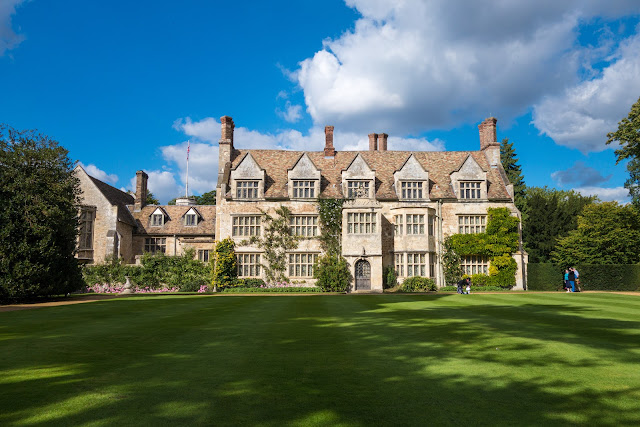Tintern Abbey - The amazing ruins.

Monday dawned foggy. For a while we were undecided as to where to go, as the fog was slow to clear. As the weather looked to be improving, we decided to visit Tintern Abbey, a place we had promised ourselves for a long time. Roads were narrow, and mostly single track, until we reached the A466 where it became a normal width. When we parked we were almost the only people on the site. The place is stunning in its size and surroundings and warranted several photos, although it is difficult to get a feeling of its grandeur in a photo. In 1131 the Norman lord of Chepstow, Walter Fitz Richard, established the abbey here. Fitz Richard was a member of the powerful de Clare family, and his abbey was the first Cistercian foundation in Wales - and only the second in all of Britain after Waverley, in Surrey. The monks for the new abbey came directly from France, from the abbey of l'Aumone. It is intriguing that despite Tintern's early foundation, it established no furt...


